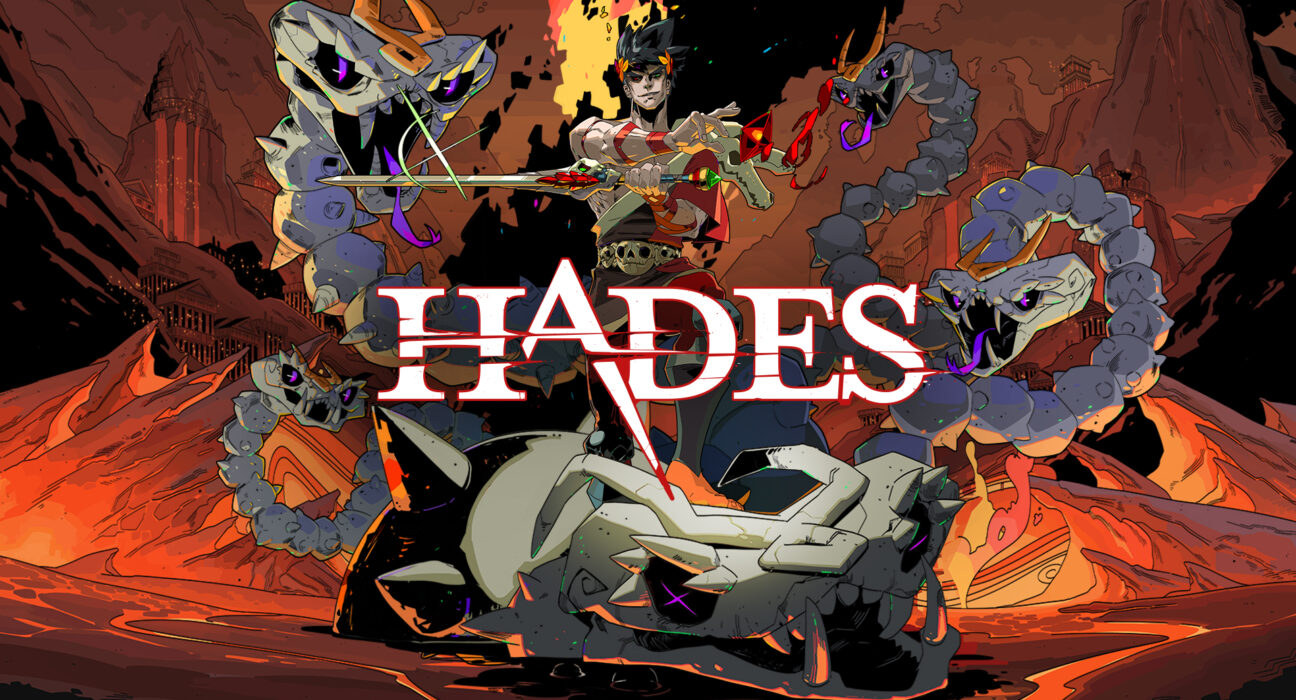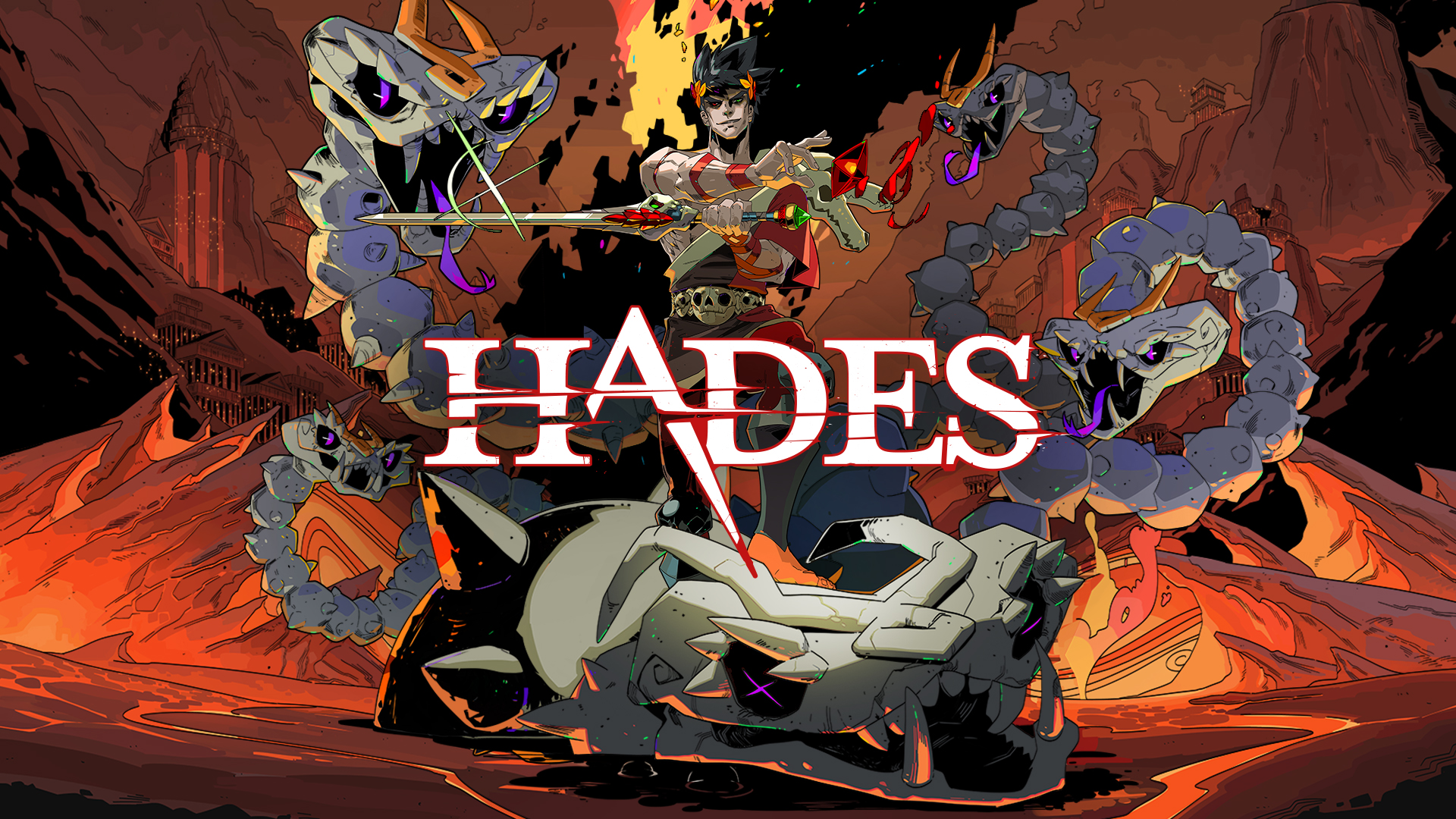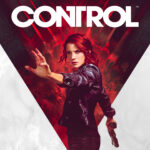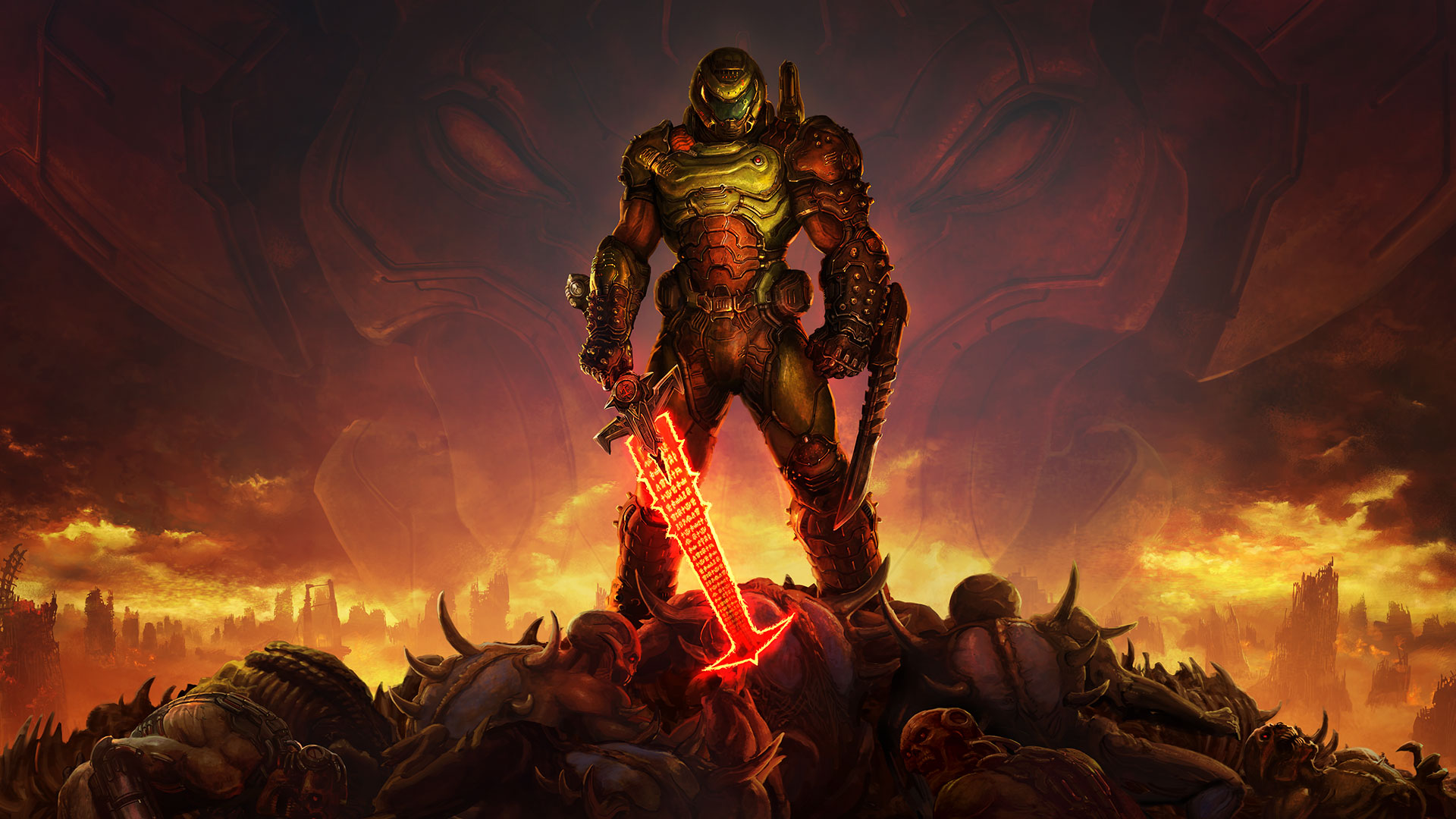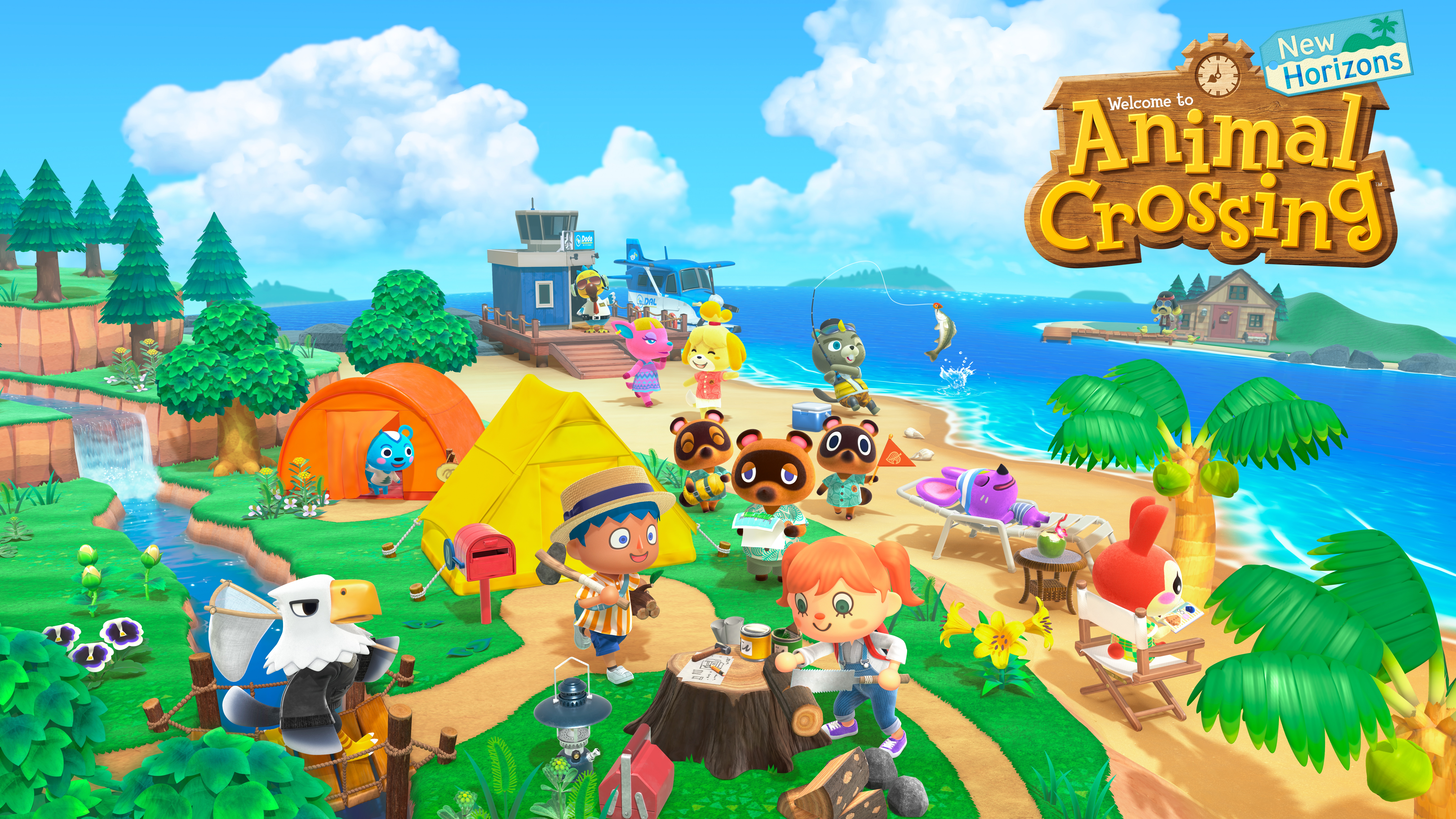This review was originally posted on January 29, 2021.
Roguelikes are a tried and true genre of gaming. There have been some absolute killer titles such as The Binding of Isaac and Dead Cells, the latter of which was somewhat buried underneath a plagiarism controversy that people still talk about. Regardless, the quick and simple nature of its design has allowed several games to create their own unique experiences by slightly deviating on the formula. Hades is one such game. It fully realises the core feedback loop that a roguelike should offer you while also expanding on those ideas in a way that makes it one of the more satisfying roguelikes I’ve played, both in short bursts and long sessions.
Now I’m going to be completely honest, I’ve been putting off this review for a while. Not because of anything bad about the game in particular, but more because I’ve been struggling to find the right words that properly describe Supergiant’s latest roguelike. I had not played a particularly large amount of Bastion or Transistor (they are in my backlog pile of shame) but I’ve always had a huge amount of respect for the team behind those games. But I digress, let’s dive into the thick of it.
Hades places the player in the shoes of not Hades himself, but rather Hades’ son, Zagreus. You are in Tartarus, the underworld of Greek mythology, similar to that of Hell, and you’ve made it your goal to escape from the clutches of your father. There is a roster of characters that reside within Tartarus that seek to help you, including Nyx, a demonic spawn of Chaos and Achilles. Nyx is a fallen hero, and an important friend of Zagreus for reasons which are revealed as you play through the game. Nyx has contacted the gods of Olympus and informed them of Zagreus’ plan to escape Tartarus and has enlisted their help. The gods offer various boons to aid Zagreus in his quest to defy his father, though this also means ditching Cerberus, the three-headed hound of Tartarus and loyal good boy of Hades and Zagreus. Regardless, the gods of Olympus are quite excited to meet their cousin, whose existence was previously unbeknownst to them.
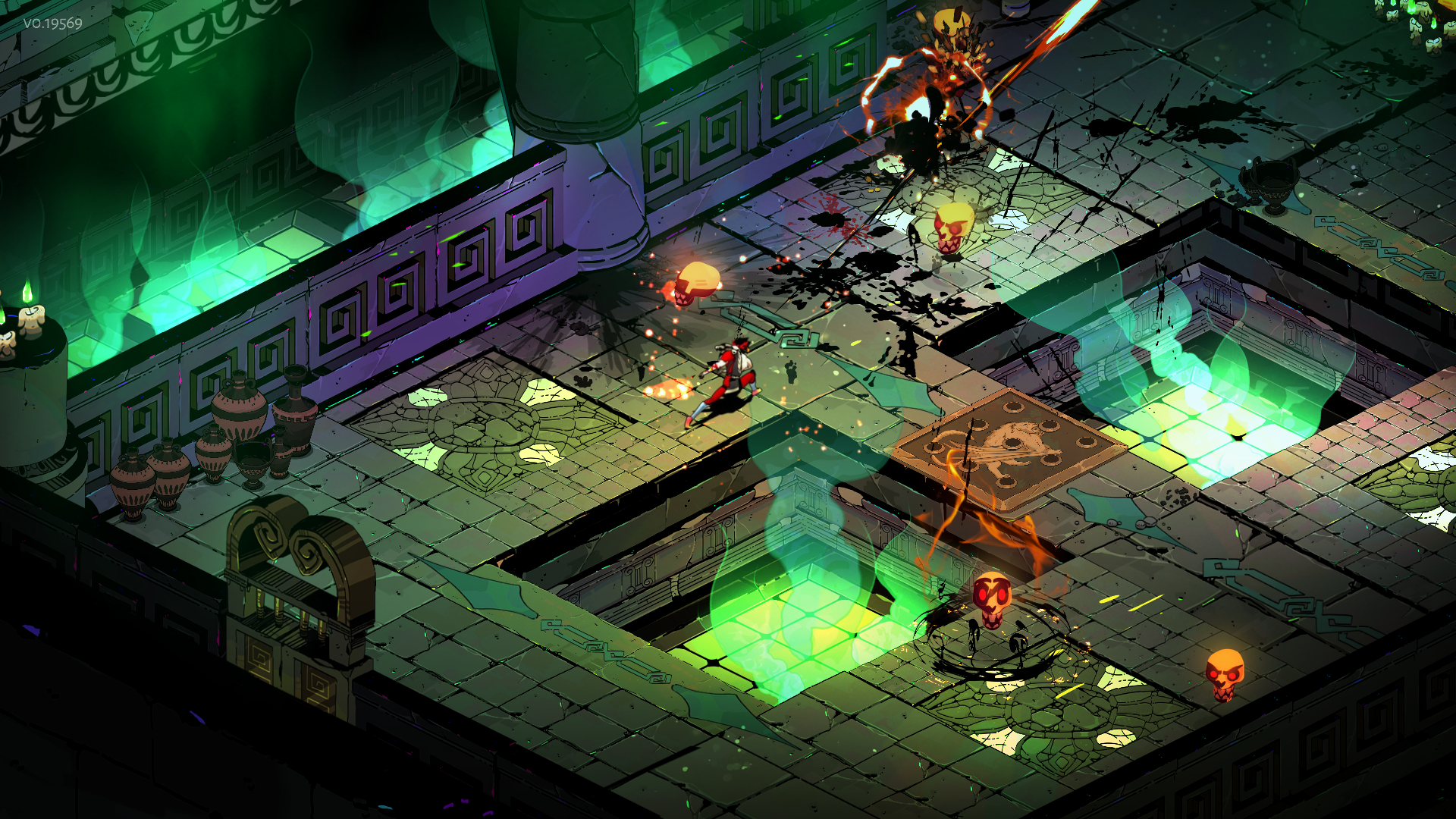
Sourced from Supergiant Games
For a game that throws you into combat with nothing else to say, Hades is surprisingly well-written. A roguelike doesn’t exactly need an impeccable story to stand on its own legs, but Hades has also proven how a solid story can enhance the experience. Most of the storytelling is done piecemeal via NPC interactions that grant you some dialogue, slowly but surely clearing the overall picture, and allowing you to digest and understand each focal plot point. The game frames itself as a simple story of angsty teenage rebellion on the outset, but it develops into something more nuanced as time goes on. It’s this carefully treaded line of exposition and world-building mixed with an addictive core gameplay loop that allows Hades to stand out so well, especially when other recent titles in the genre, such as Risk of Rain 2, do more to improve the formula in a gameplay and game design sense, which is where we find out next discussion point.
To put it bluntly, Hades has a very static core progression system. While being skilled at the game will still allow you to go further than players who aren’t as skilled, there is still a very clear pace of progression that is set. In a way, as random as a roguelike is, Hades is a very tailored experience. Most people experience many of the same major encounters in many of the same ways, regardless of weapon choice or playstyle. This is not to say that the game is not nuanced in its gameplay, as its small selection of weapons leaves room for an admirable amount of variety, but more to say that the focal points of progression are designed to play out in a specific manner.
Hades has six weapons on offer for Zagreus to use: the sword, the spear, the shield, the bow, the fists and the…gun (yeah, don’t ask). Each offers its own unique abilities, all home to their own strengths and weaknesses, and grants a unique perspective on each enemy and encounter. My personal favourite is the shield. It offers a nice variety of offensive and defensive benefits, while also allowing you to build yourself into an incredibly powerful force of nature during an escape attempt (each run in this roguelike). On top of these weapons are different augmentations for each, which allow them to behave remarkably differently. The aforementioned shield changes from the abilities of Captain America (only without having to play that cursed Avengers game) to a spinning disc of death, which also can be used as a safe haven from most enemies’ projectiles. In addition to these augmentations, you can also enhance the potency of these weapons in their various forms.
Additionally, these weapon augmentations are only one part of how Hades introduces level progression into a game genre that prides itself on an astute lack of linear progression. As you fight through waves and waves of Hades’ denizens, you gather an arbitrary currency named “Darkness”. You use this currency to purchase minor, incremental upgrades to Zagreus’ abilities, which can range from a blanket increase in health to defying death and instantly regaining a large portion of your health when you are supposed to die. These upgrades also have their own augmentations that can exist as powerful alternatives to the abilities that otherwise would be normally available, and these can be upgraded even further.

Sourced from NPR
One of the most important pieces of the roguelike puzzle is making the player feel powerful, but not so powerful that the enemies don’t feel threatening. There are a few ways that Hades can successfully achieve this. For starters, there are the boons. Each god of Olympus who communicates with Zagreus throughout his escape attempts has their own unique set of boons and buffs to offer. For instance, Zeus offers boons that are geared around channelling lightning and having it chaining off your opponents and onto others. Other gods focus on weakening opponents or having a delayed status effect inflict a chunk of damage after the initial hit. These boons exist solely within each escape attempt and are erased upon completion or failure. Adding even more depth to this system is the fact that some of these abilities synergise with each other, so grabbing abilities that work well together is paramount to success. These abilities also have rarity tiers that can determine their potency, and these rarities can be upgraded, provided you are lucky enough to encounter opportunities to upgrade said abilities. There is an incredible amount of depth and agency in the choices and flexibility afforded to the player.
So what does all this linear progression, flexibility and depth mean for a game like Hades? It allows Hades to be an incredibly simple, yet engaging experience for a wider audience than is typically drawn to a roguelike. It’s accessible and cuts to the chase. It understands from the get-go that it needs to properly engage you and that its core gameplay loop should be cemented in a smooth, easy-to-overcome difficulty curve. Beating Hades is only a matter of time and at no point does the game make you feel bad for not being as skilled as other players. You aren’t stuck in static “you died” screens for an overly large amount of time and the game puts you right back into the action at your own pace. You can decide to talk with every available NPC in between escape attempts or you can decide to ignore these interactions and dive straight back into the halls of Tartarus. Hades also makes it a point not to make its difficulty the core theme. Instead, it consistently encourages the player’s persistence, ensuring that no matter how many attempts it takes, Zagreus will escape.
In a visual sense, Hades is arguably my favourite game of 2020. I’ve always been a big detractor of focusing on raw visual fidelity at the cost of unique art, and Hades is a clear example of why. Supergiant’s artists have gone the extra mile to ensure that Hades stands out. Every environment is hand-drawn and coloured in a specific way to communicate the vital information that the player needs to make quick and crucial decisions during intense combat encounters. This simple yet concise art style also has allowed Hades’ levels to be distinct from each other, regardless of the enemies you might encounter. Speaking of the enemies found in Hades, the variety of foes and dangers are full of clever usages of characters and beasts from Greek mythos. There are Medusa heads that spit projectiles that petrify you, and even large melee enemies that remind me of Disney’s rendition of Hades in Hercules.
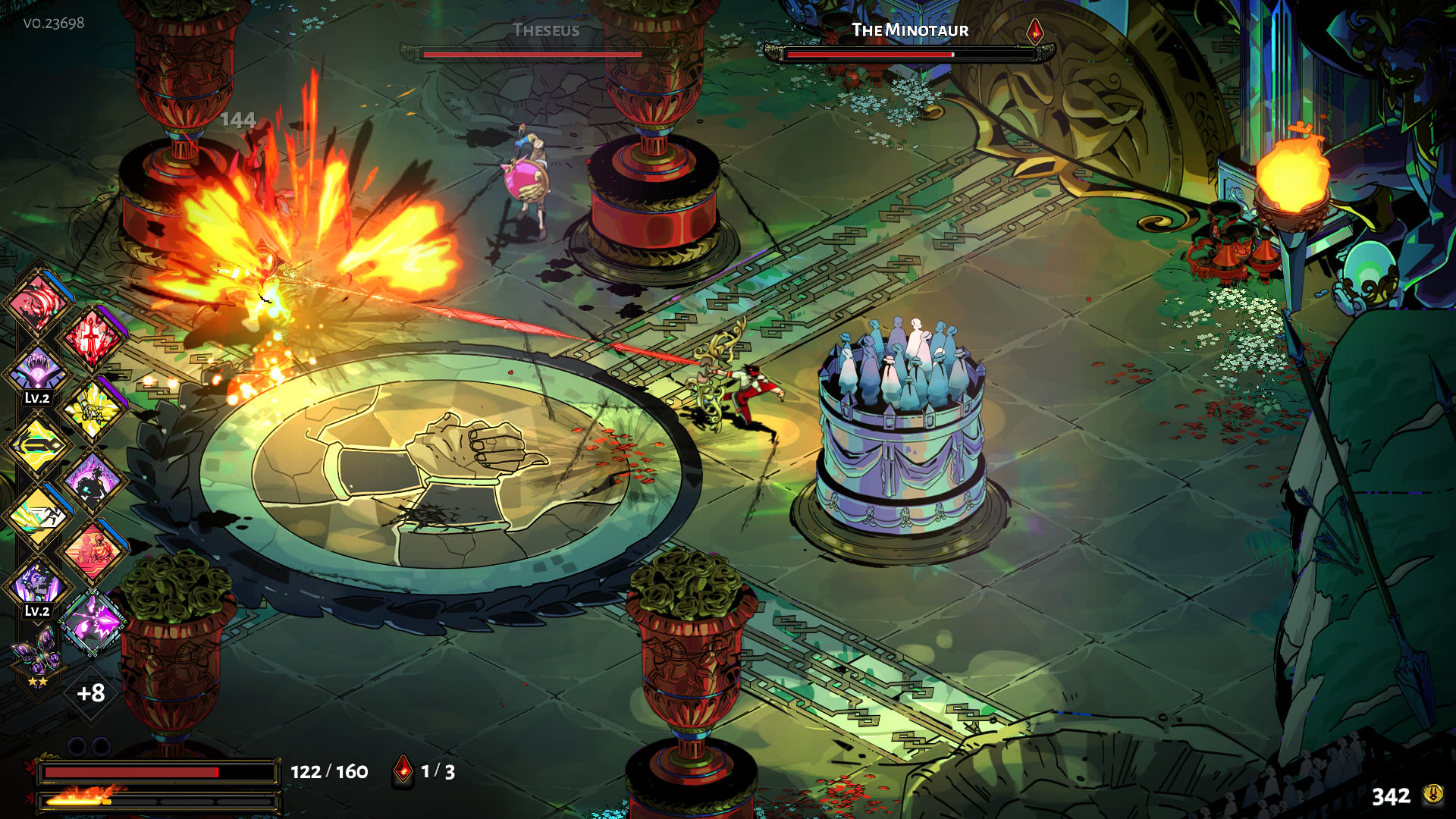
Sourced from Supergiant Games
I do wish that the clean and simple art style translated to buttery smooth performance, but it seems that isn’t the case here. Hades targets a consistent 60 frames per second framerate. For the most part, this works incredibly well. When Hades can hit this target, it’s brilliant. The animations are fluid and the effects are crisp. This framerate also feeds into the core feedback loop of the game, as the game slightly pauses for the length of a frame and then briefly slows down when the final killing blow of an encounter is delivered. It’s a technique that quite a lot of games employ and it gives a sense of impact and power to an attack. This is the only time where a change in the framerate is intentional. Unfortunately, the game’s performance is prone to frame drops and it can be quite distracting. I played the game both in handheld and docked mode on my Nintendo Switch and I was surprised to find that I encountered these frame drops more in docked mode than I did in handheld mode. I’m not exactly sure what the cause of these frame drops was, but it was very inconsistent. I initially thought it had something to do with the number of enemies in an encounter, as the amount of AI needed to be processed would not be insignificant, however, I’ve also had encounters laden with enemies and they suffered no dips in performance, which left me perplexed. I’m unclear how the performance is on PC but I’d imagine it’s mostly fine given that this game can usually hit its 60 frames per second target.
The performance is just about the only real negative thing I can say about this game and the soundtrack keeps the positive comments going. The music in Hades is almost like an unsung hero. You can quite easily forget that it’s there, but when you remove it from the equation the game does not feel quite as punchy or rife with attitude. Weirdly, it almost feels as if Supergiant took a close look at the recent DOOM games and understood why their punchy soundtracks were so important. The easiest way to describe Hades’ music is as a ballad but split into two halves. The music sets the stage while the gameplay tells the story. Unlike the aforementioned DOOM games, however, most of Hades’ music can be rather understated. It builds when it needs to and increases in tonal density yet does so sparingly, which allows for some of the fuller pieces in the soundtrack to have more impact when they play. Seriously great stuff.
- Conclusion
- Hades is perhaps one of the more intriguing and engaging roguelikes around. While there are other games in the genre that perform the normal tropes better, Supergiant’s latest title is a celebration of style and accessibility in a genre that perhaps ignores how niche it is. From a strong cast of characters to an accessible amount of tangible, linear progression, Hades works hard at trying to capture as wide of an audience as possible. Even its less-than-desirable performance on the Switch can’t majorly detract from how solid of a game Hades is. I’d even go as far as saying it’s one of the best games this year (not that there was exactly a whole lot of competition). Supergiant Games should be proud.
- Nintendo Switch



